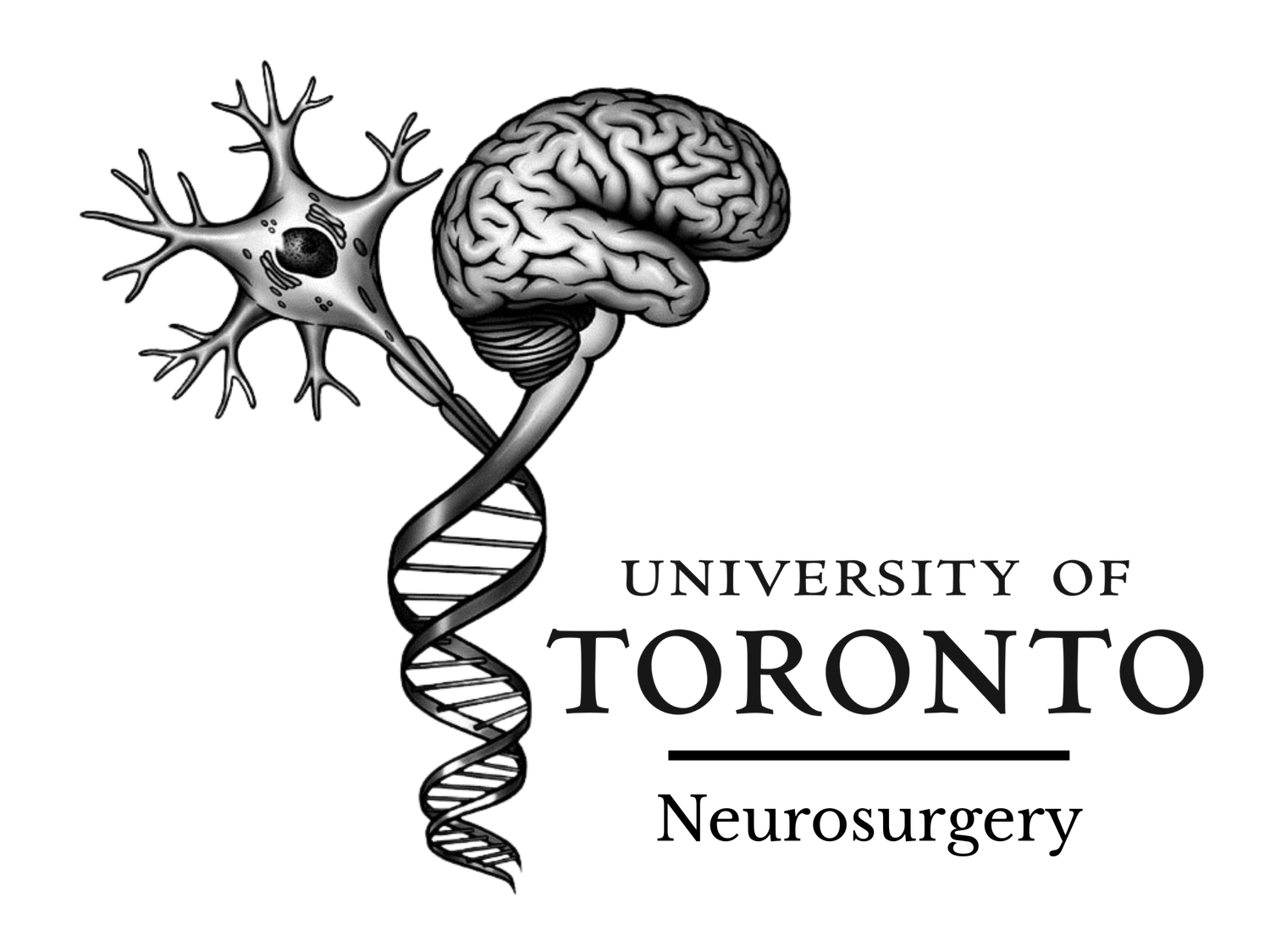Surgical Skills Station
Objectives:
Participants will rotate through hands-on stations covering essential neurosurgical techniques:
Pinning and Positioning
Drilling and Plating
Instruments, Knots, and Suturing
Hemostasis and Tissue Resection
Spine Dissection
Surgical Case Simulations
Objectives:
Experience managing complex neurosurgical scenarios through realistic simulations, including:
Simulation 1
Simulation 2
Subarachnoid Hemorrhage (SAH)
Posterior Fossa Pathology
Spine 1: Trauma
Spine 2: Degenerative Disease
Lumbar Puncture
Cerebrospinal Fluid (CSF) Management/Hydrocephalus
External Ventricular Drain (EVD) Placement
Intracranial Pressure (ICP) Monitoring and Subdural Hematoma (SDH) Management
Transsphenoidal Surgery
Ventricular Endoscopy
Trauma Patient Management
Content
Station 1- Simulation 1A
Objectives:
• Collaborate as part of a team to ensure early resuscitation and appropriate communication strategies in the emergency room
• Demonstrate leadership and situational awareness to ensure patient safety during a neurosurgery emergency
• Systematically interpret a CT scan and develop an initial management plan
• Communicate to peers the condition of a neurosurgery patient
Station 4 - Posterior Fossa
Objectives:
• Systematically interpret a CT scan and develop an initial management plan
• Recognize surface landmarks for, and brain anatomy exposed by, the suboccipital craniotomy
• Demonstrate, using role play, how to effectively deliver bad news
Station 2 - Simulation 1B
Objectives:
• Demonstrate assessment and management of a patient with a seizure
• Differentiate treatment for status epilepticus vs. uncomplicated seizure
• Systematically interpret a CT scan and develop and initial management plan
• Effectively communicate situation to senior resident or staff
Station 5 - Spine-trauma
Objectives:
• Understand basic principles in evaluating and initially managing a patient with a spinal cord injury
• Demonstrate appropriate halo application and show how this is used in cervical traction / reduction
• Effectively communicate overnight on-call update on am neurosurgery resident rounds
Station 3 - SAH
Objectives:
• Systematically interpret a CT scan and develop an initial management plan
• Effectively communicate the management plan to a senior resident or staff
• Recognize surface landmarks for, and brain anatomy exposed by, the pterional craniotomy
• Outline the physiology of hyponatremia and the immediate / longer term treatment options
Station 6 - Spine-degenerative
Objectives:
• Differentiate radicular from non-radicular back and neck pains
• Identify myelopathy presentation and findings
• Get informed consent for a lumber disectomy
• Basic laminectomy skills
Station 7 - Lumbar Puncture
Objectives:
• Demonstrate how to perform a lumbar puncture including the preparation for the procedure (preparation and draping), finding the appropriate level and collection of the CSF
• Demonstrate how to set up and connect a lumbar drainage system
• Write orders for a lumbar drainage system
Station 8 - CSF/Hydrocephalus
Objectives:
• Explain the physiology of hydrocephalus
• List the usual sequence of events in the insertion of ventriculoperitoneal shunt
• Practice tapping a shunt in sterile conditions / changing valve settings
• Explain the physics and mechanics of how shunt systems work
Station 9 - EVD
Objectives:
• Describe the landmarks for EVD insertion
• Insert an external ventricular drain using the traditional landmarks and correctly attach to an external ventricular collection system
• Demonstrate the ability to trouble shoot to assess functionality of the drain
• Find ideal position and angle for inservion of EVD in VR
Station 10 - ICP & SDH
Objectives:
• Describe the homeostatic mechanisms that govern the volume / pressure relationship as it relates to ICP under normal and pathological conditions
• Understand indications for external ventricular drainage
• Understand prevailing theory as to how chronic subdural hematomas (cSDH) develop
• Recognize CT features of cSDH and how they are treated
• Place a burr hole for cSDH
Station 11 - Transsphenoidal
Objectives:
• Systematically interpret a CT scan and develop an initial management plan
• Become familiar with the basic use of the endoscope
• Demonstrate important anatomical landmarks in the transsphenoidal approach to the anterior skill base
Station 12 - Trauma Patient
Objectives:
• Collaborate as part of a team to ensure early resuscitation and appropriate communication strategies in the emergency room.
• Demonstrate leadership and situational awareness to ensure patient safety during a neurosurgery emergency
• Systematically interpret a CT scan and develop an initial management plan
• Effectively communicate overnight on-call update on am neurosurgery resident rounds
• Recognize and describe the anatomical explanation for a cranial nerve III palsy
• Demonstrate, using role play, how to deliver bad news

